Unveiling the Secrets of Rhytidiadelphus loreus: The Moss with a Thousand Tales
Affiliate Disclaimer: As an affiliate, we may earn a small commission when you make a purchase from any of the links on this page at no additional cost to you!
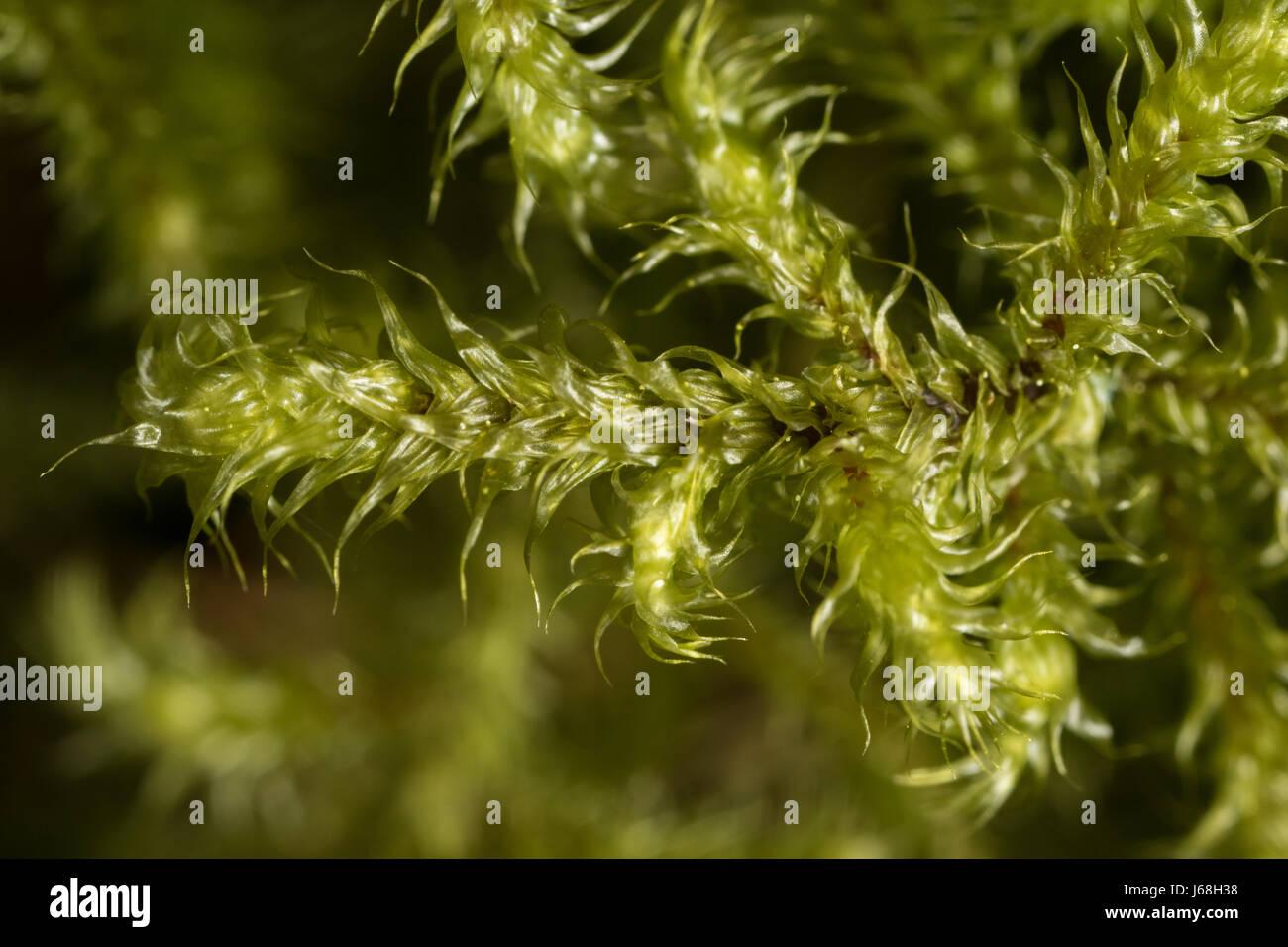
rhytidiadelphus-loreus-little-shaggy-moss-J68H38.jpg from: https://www.alamy.com/stock-photo-rhytidiadelphus-loreus-little-shaggy-moss-141559916.html
Introduction
In the vast and captivating world of bryophytes, one particular moss species stands out for its unique characteristics and ecological significance – the Rhytidiadelphus loreus (Hedw.) Warnst. moss, belonging to the Hylocomiaceae family. Also known simply as Rhytidiadelphus, this unassuming yet remarkable plant has captured the interest of naturalists and moss enthusiasts alike.
Background
Before delving into the intricacies of this moss, it’s essential to understand its place within the Bryophyta division, which encompasses mosses, liverworts, and hornworts. These ancient and resilient organisms have been around for millions of years, predating even the earliest vascular plants. Despite their diminutive stature, they play crucial roles in various ecosystems, acting as pioneers in colonizing new environments and contributing to soil formation and moisture retention.
Main Content
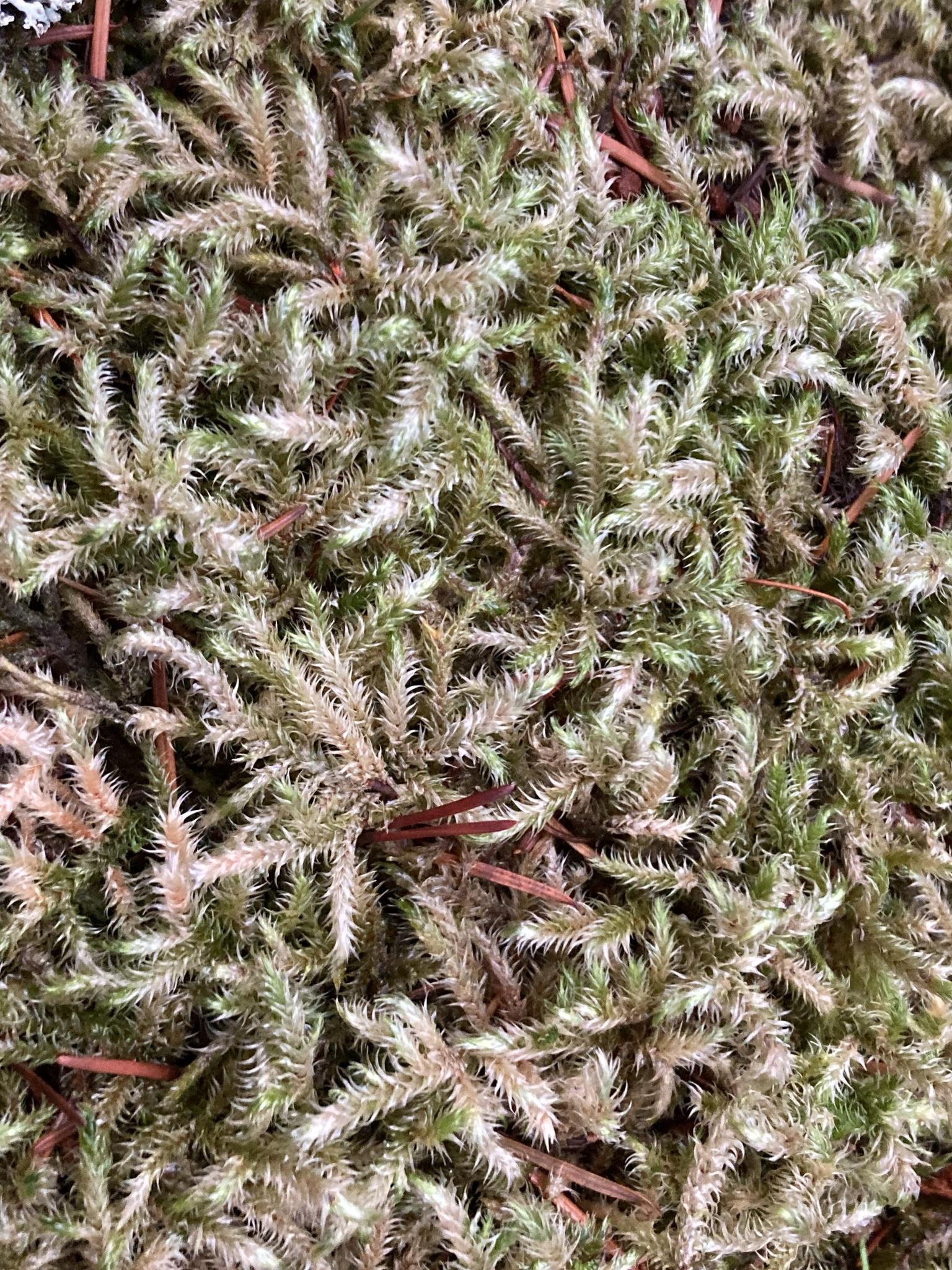
original.jpg from: https://www.gbif.org/es/species/2679711
Morphology and Identification
The Rhytidiadelphus loreus moss is a pleurocarpous species, meaning its stems grow horizontally along the substrate. Its vibrant green hue and feathery appearance make it a visually striking addition to any moss garden or natural setting. One of its most distinctive features is the presence of paraphyllia
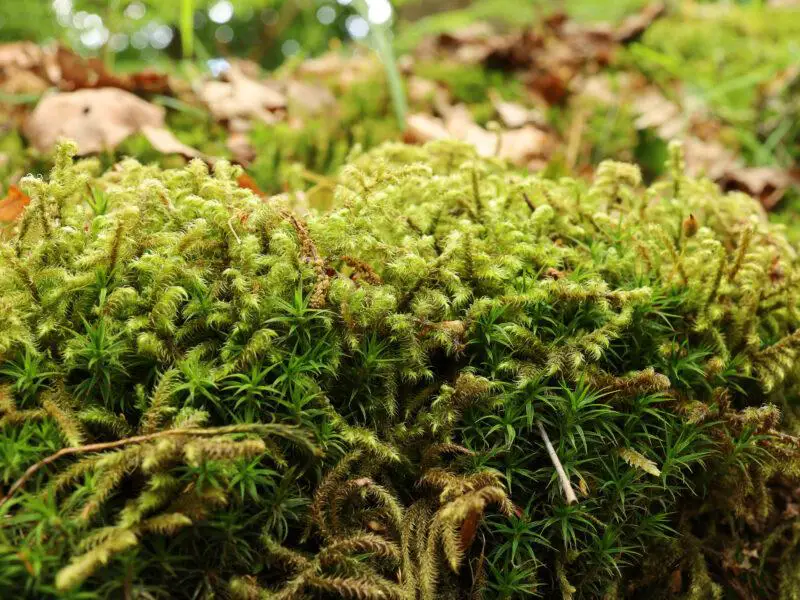
2020-06-07-13-18-32-800×600.jpg from: https://www.britishbryologicalsociety.org.uk/learning/species-finder/rhytidiadelphus-loreus/
, which are small, leaf-like structures found along the stem. These paraphyllia aid in moisture retention and provide additional surface area for photosynthesis.
Global Distribution and Habitat
This moss species is widely distributed across the Northern Hemisphere, thriving in temperate regions of Europe, Asia, and North America. It favors moist, shaded environments such as forests, woodlands, and even urban areas with suitable microclimates.
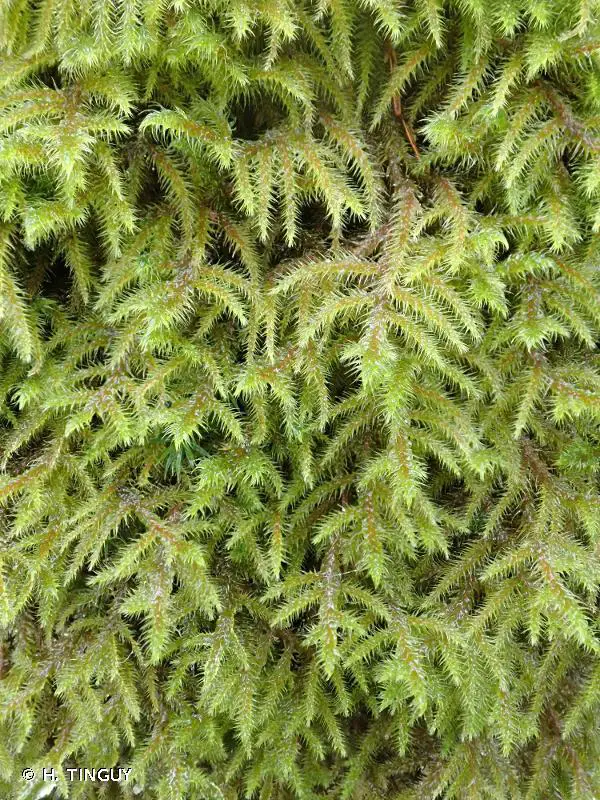
416096.jpg from: https://inpn.mnhn.fr/espece/cd_nom/6111
Rhytidiadelphus loreus is often found growing on decaying logs, tree bases, and moist soil, forming lush carpets that add a touch of verdant beauty to its surroundings.
Ecological Roles and Adaptations
Despite its unassuming appearance, Rhytidiadelphus loreus plays a vital role in its ecosystem. As a pioneer species, it helps stabilize and enrich the soil, creating favorable conditions for other plants to establish themselves. Additionally, its dense mats provide shelter and nesting material for various invertebrates, contributing to the overall biodiversity of the area.
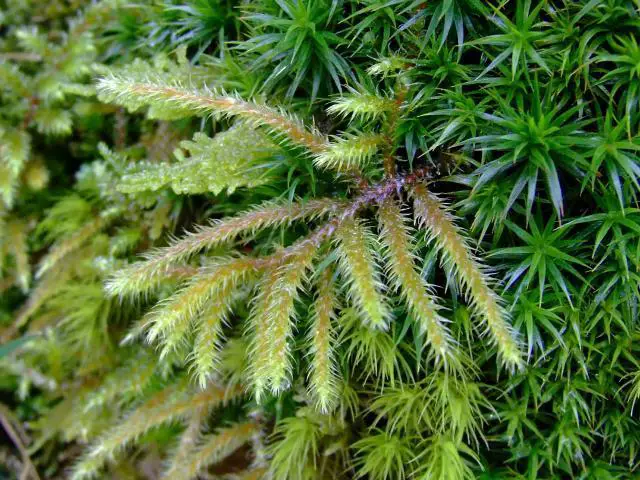
moss_rhytidiadelphus_loreus_02-06.jpg from: https://www.aphotoflora.com/moss_rhytidiadelphus_loreus.html
One of the remarkable adaptations of this moss is its ability to withstand desiccation. During periods of drought, it can enter a state of dormancy, curling up its leaves to minimize water loss. Once moisture returns, the moss quickly revives, showcasing its resilience and ability to thrive in challenging environments.
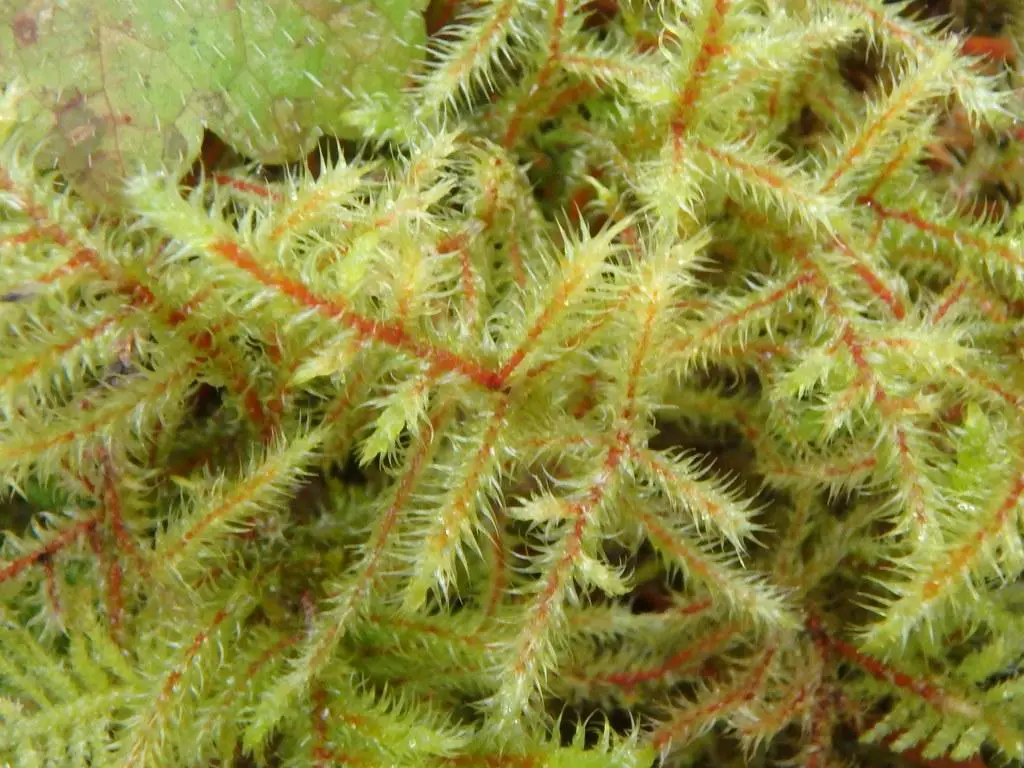
49762199382_535a898ee0_b.jpg from: https://www.flickr.com/photos/98938839@N07/49762199382/
Case Studies/Examples
In a study conducted in the Pacific Northwest region of North America, researchers found that Rhytidiadelphus loreus played a crucial role in facilitating the establishment of tree seedlings in disturbed areas. The moss’s dense mats provided a suitable microclimate for the seedlings, protecting them from desiccation and temperature extremes, ultimately contributing to forest regeneration.
Technical Table
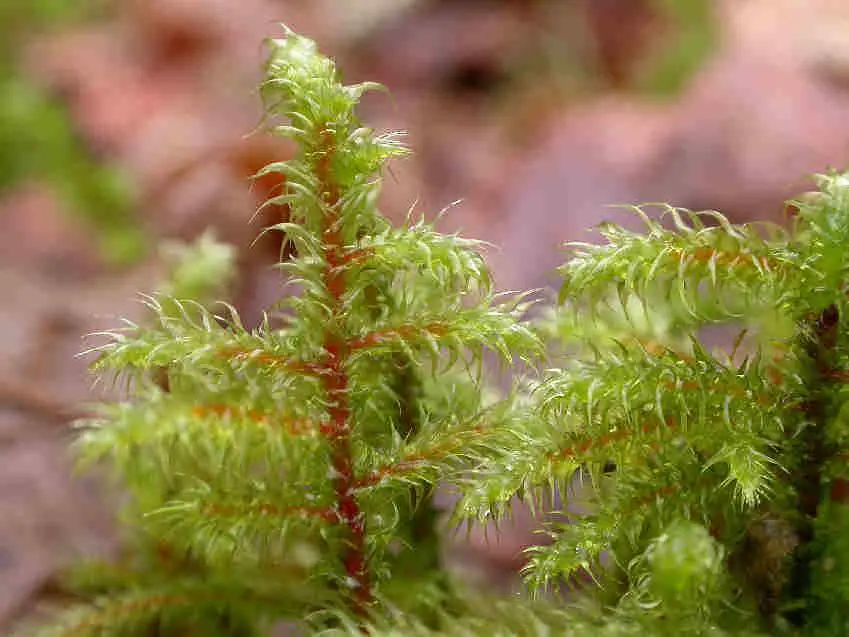
Rhytidiadelphus_loreus_007.JPG from: https://cisfbr.org.uk/Bryo/Cornish_Bryophytes_Rhytidiadelphus_loreus.html
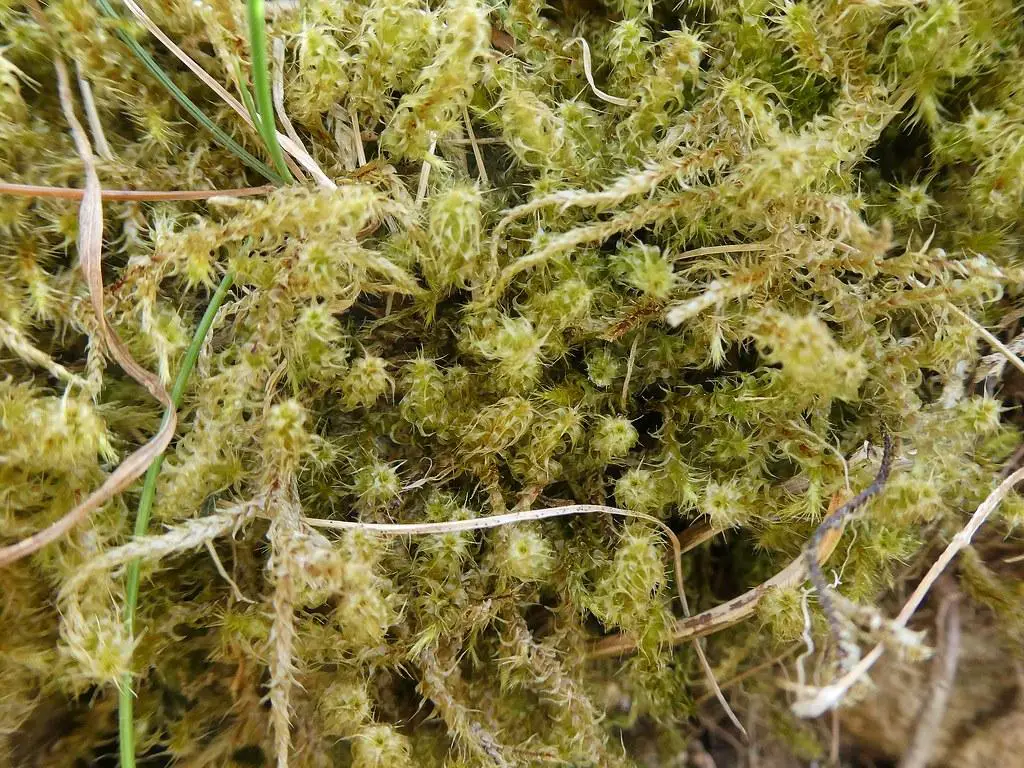
49869873048_1677f71397_b.jpg from: https://www.flickr.com/photos/21657471@N04/49869873048/
| Characteristic | Description |
|---|---|
| Phylum | Bryophyta |
| Class | Bryopsida |
| Order | Hypnales |
| Family | Hylocomiaceae |
| Genus | Rhytidiadelphus |
| Species | Rhytidiadelphus loreus (Hedw.) Warnst. |
| Growth Form | Pleurocarpous moss |
| Habitat | Moist, shaded environments (forests, woodlands, urban areas) |
| Distribution | Northern Hemisphere (Europe, Asia, North America) |
Conclusion
The Rhytidiadelphus loreus moss, with its intricate morphology, widespread distribution, and ecological significance, serves as a testament to the remarkable diversity and resilience of bryophytes. As we continue to explore and appreciate the intricate tapestry of life on our planet, this unassuming moss reminds us of the interconnectedness of all living beings and the vital roles they play in maintaining the delicate balance of nature.
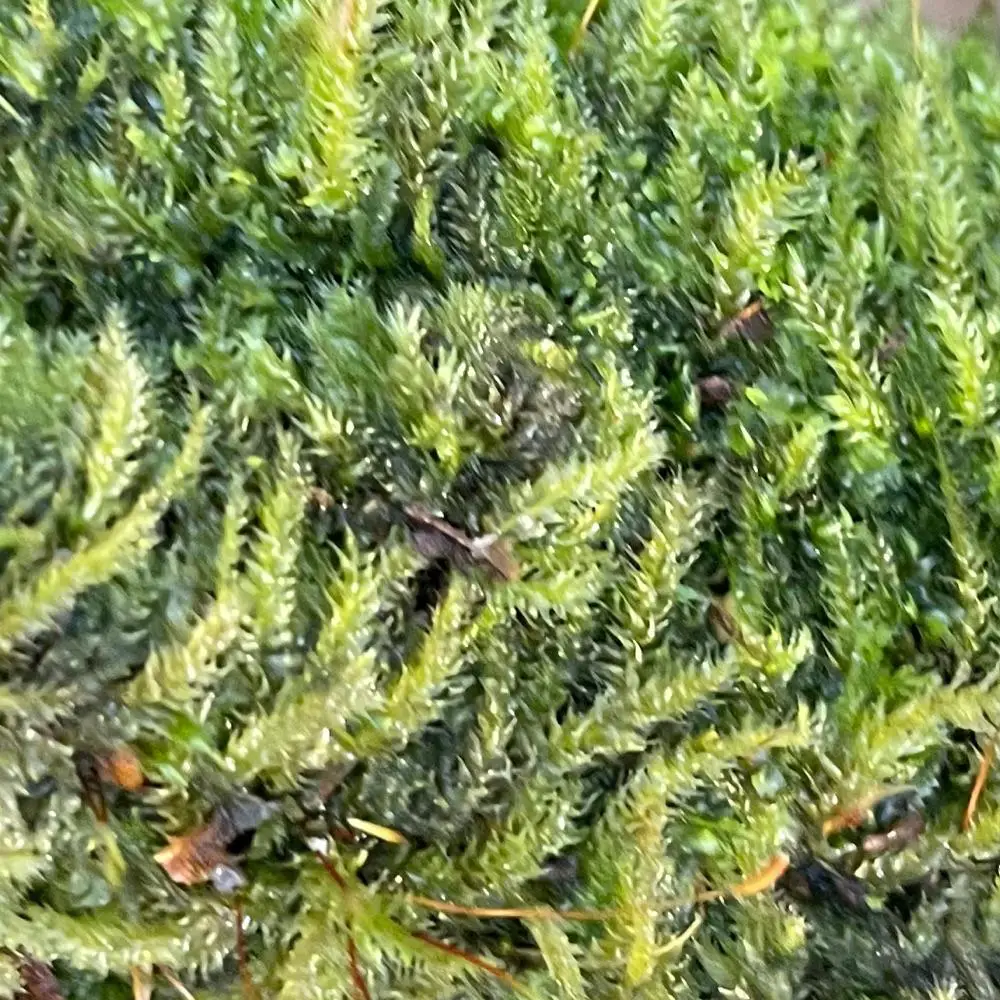
46278498.jpg from: https://observation.org/observation/233456586/
Ponder this: In a world where every organism plays a crucial part, how can we foster a deeper appreciation for the often overlooked yet invaluable members of our ecosystems?
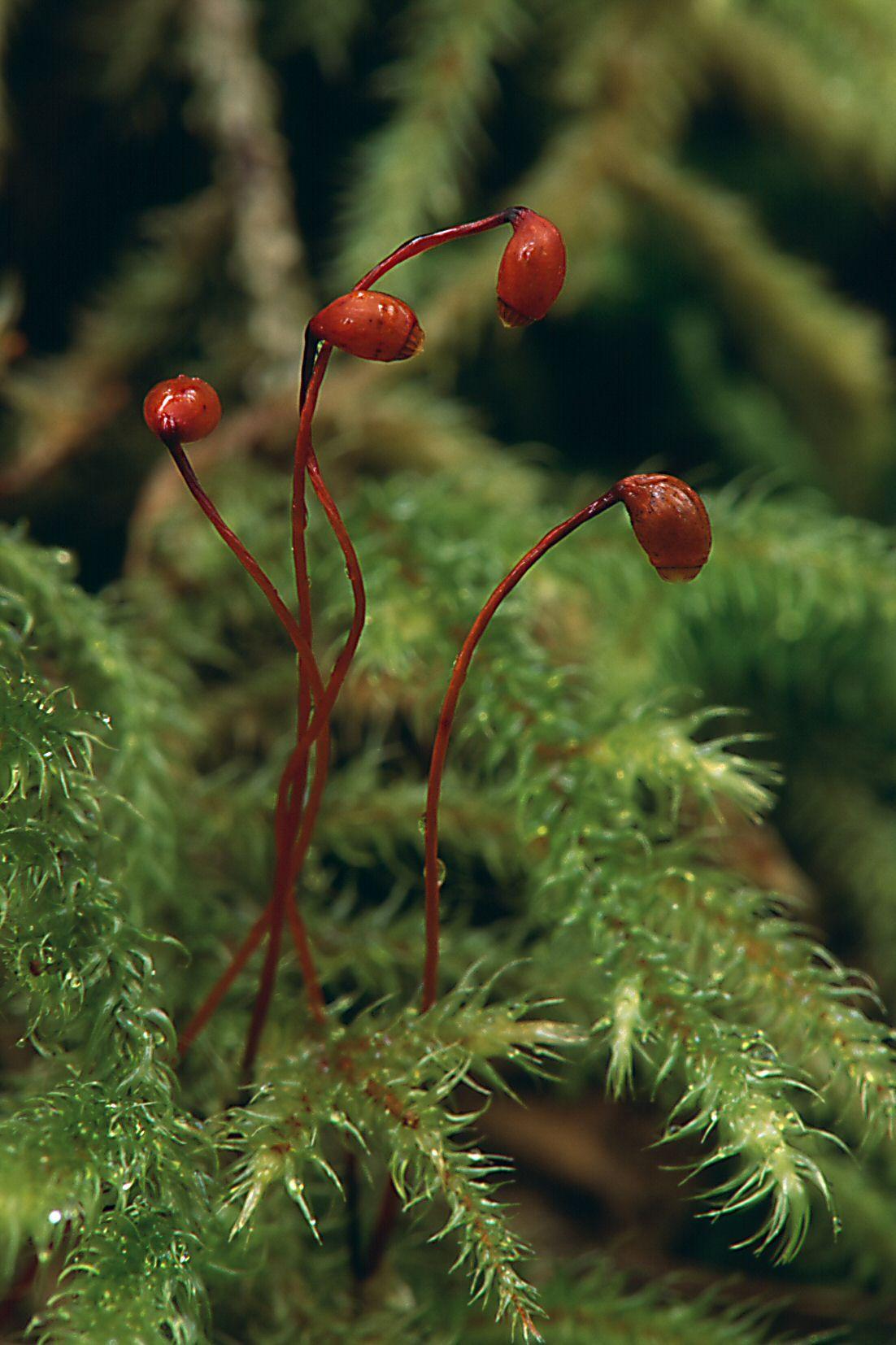
78201a5d7e52125a7c1c3da6f2fd56be.jpg from: https://www.pinterest.ca/pin/rhytidiadelphus-loreus–220746819218854005/
